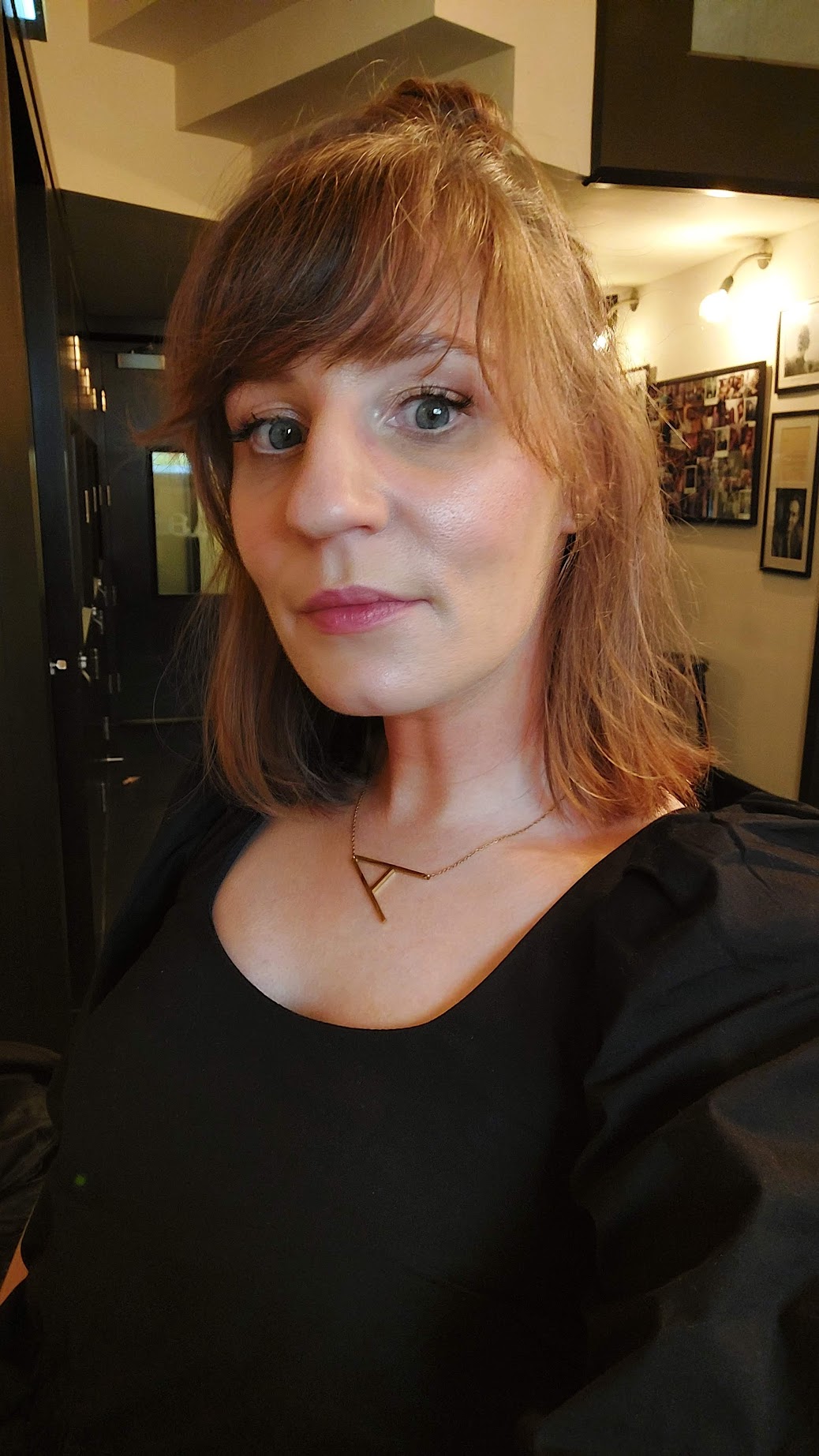Transworld Ireland Publishers
It goes without saying that this Easter 2016 is by far the most significant the vast majority of this country’s population will remember. Schools both primary and secondary will have spent the time leading up to the historic occasion teaching their pupils the ins and outs of the Easter Rising, and former scholars may have been brushing up on their history, to better understand the importance of what is being commemorated this week. Indeed that’s how I was led to Marita Conlon-McKenna’s book about three sisters and their involvement in the Rising; it was an effort to go behind the big, now legendary names to those lesser known players in the revolution. Like the fairly well received RTE production shown earlier this year Rebel Sisters focuses on women, but this is a true story even more fascinating than the fictitious one presented on screen. 
The real life Giffords were a very well regarded Anglo-Irish family, one which boasted twelve red haired children (much to the chagrin of their mother), six boys and six girls. While the boys grew up to hold the loyalist views of their parents the girls, in different times in their lives, became supporters of the Irish Republic. Rebel Sisters follows three of them – Nellie, Grace and Muriel – each of whom have pivotal roles in the Rising.
Muriel trained as a nurse, affected by the death of their eldest brother at the age of 24. Through her youngest sister Sidney she was introduced to Thomas MacDonagh, poet and patriot, and the two fell deeply in love and married. Her story is intermingled with Nellie, a middle sister who finds her calling as a domestic science teacher and proves invaluable at The College of Surgeons during that fateful Easter Week and Grace, art school beauty and talented illustrator, perhaps better known as the widow of Joseph Mary Plunkett. Interestingly the story also dips in and out of their mother’s own, a woman staunch in her Protestantism and fiercely loyal to the crown’s presence in Ireland.
Their stories are weaved together alongside a familiar cast of characters including Nellie’s friend Rosie Hackett, Nora Dryhurst and Frank and Hanna Sheehy-Skeffington. The sisters’ circle included Countess Markievicz and Padraic Pearse, and at every turn in their lives they encounter one historical figure after another. Their individual stories are interesting but together they’re fascinating; without their effect on those around them, and their roles both accidental and deliberate in historical moments, we may have been learning very different things in our school day studies.
Conlon-McKenna tells a capable story, simply. Many readers will have encountered her work as children – I know my friends and I devoured her famine novel Under the Hawthorne Tree and its sequels, and although Rebel Sisters is not aimed towards children, pre-teens and teenagers whose interest may be piqued by the attention given towards the Rising would not find it too taxing a read, and would receive a very fulfilling companion piece to their learnings. Irish writers, particulaly for children, have an illustrious body of work inspired by history – amongst my favourites were Amelia by Siobhan Parkinson, set during the beginning of the Great War, Elizabeth O’Hara’s The Hiring Fair, the story of a girl and her introduction to domestic service in 1890 and The Secret of the Ruby Ring by Yvonne MacGorry, which took a young girl back in time to even earlier rebellion times in Ireland.
Irish saints and scholars’ connections with the past and to literature are intrinsically linked, a fact reinforced not only by our current poet President but indeed by a large number of the leaders of the Rising, and the introduction to history through fiction is invaluable. What makes Rebel Sisters even more interesting to the reader is that it’s all true.
It’s a big story, and a long book at 400 pages. There is a lot packed in, only a fraction of which I’ve outlined here, and the co-incidences, brushes with greatness and painful family struggles make for a powerful tale. You really couldn’t make it up so please, read it to believe it.
- First published in The Tuam Herald

